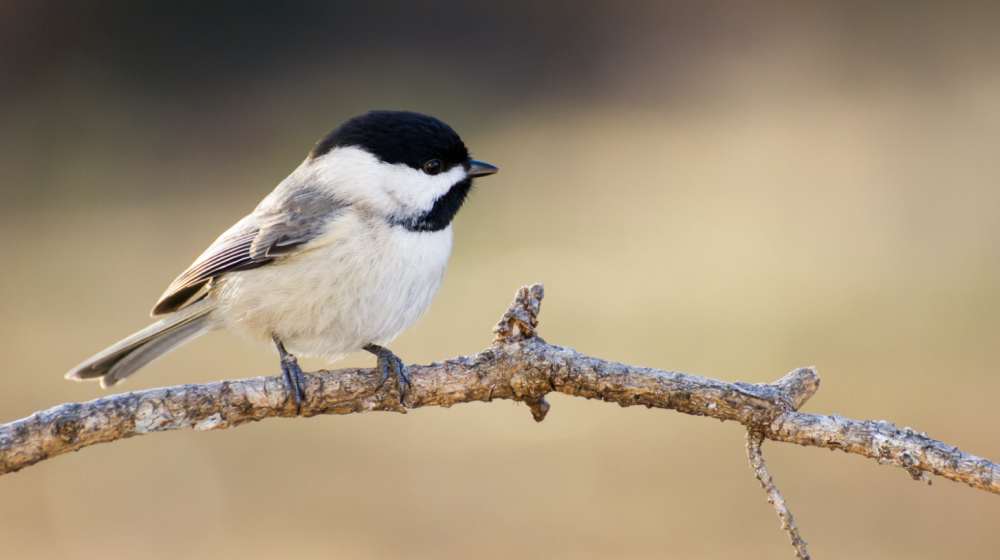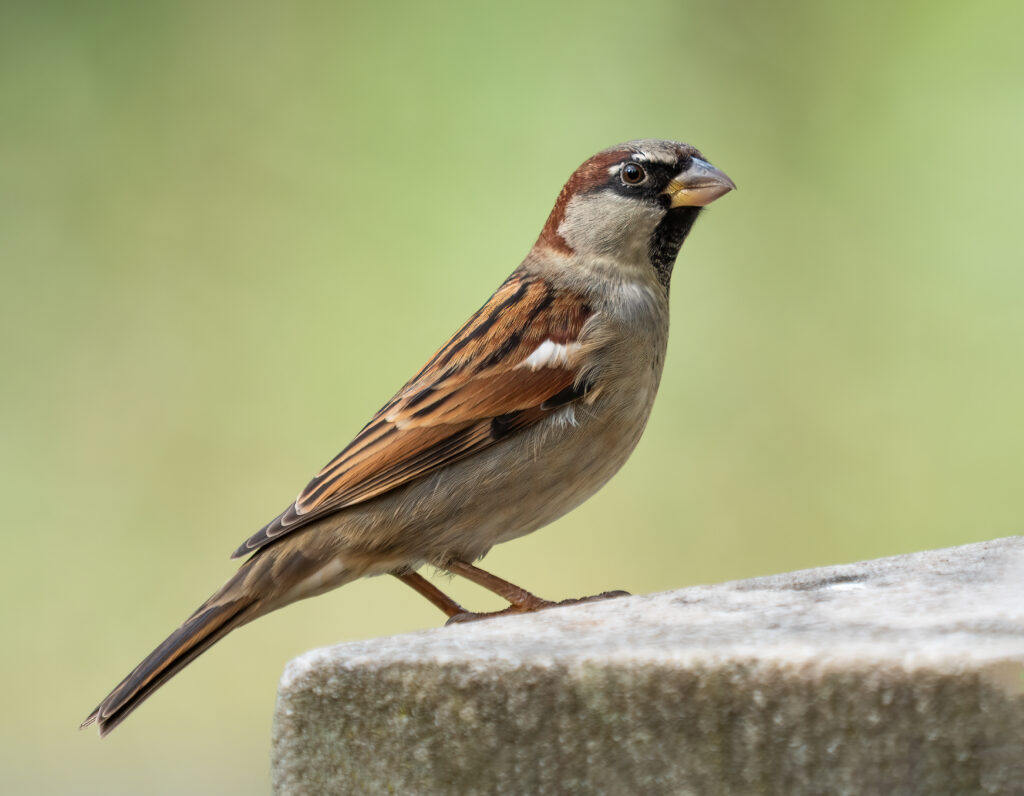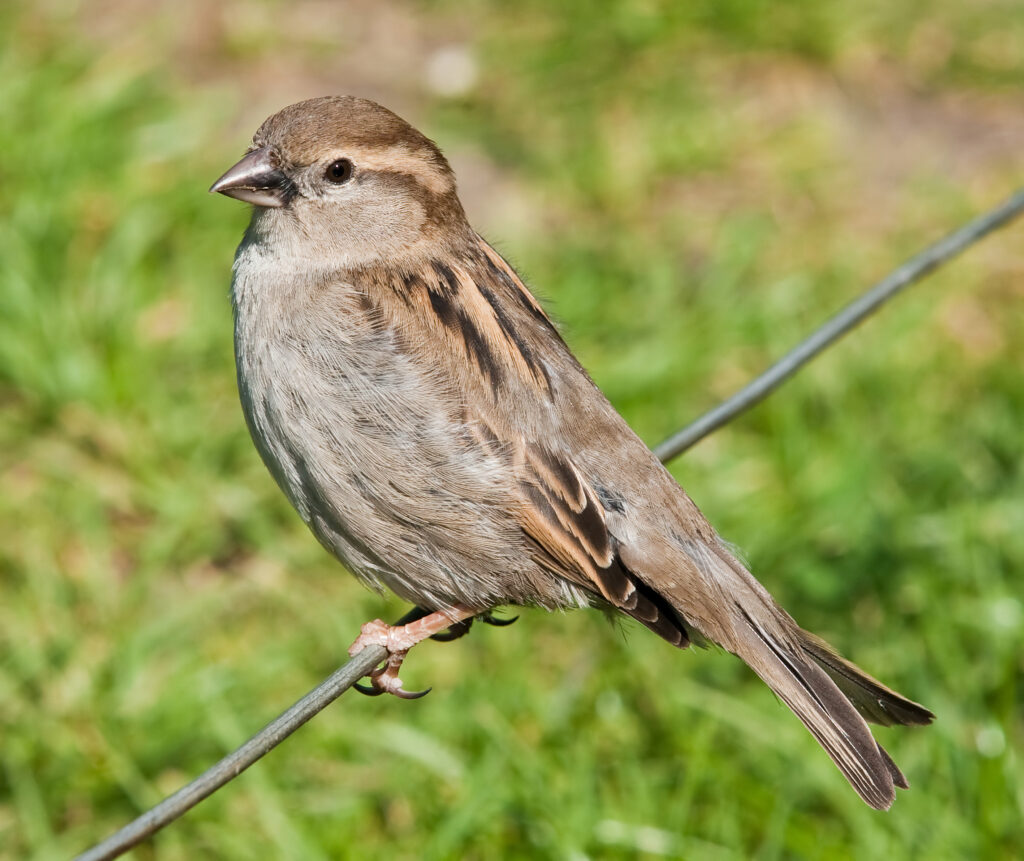

The Carolina chickadee’s bird call is a fast, high pitched “chick-a-dee-dee-dee” (Photo from Canva Pro
“If you hear a bird call that sounds like a fast, high pitched “chick-a-dee-dee-dee,” you can confidently say it’s coming from a Carolina chickadee– they get their name from this distinctive call. Their song is typically a four-note whistle with a downward inflection that sounds like “see-dee-see-dee.”
“Carolina chickadees are small members of the chickadee family, and almost identical to the black-capped chickadee found in the northern half of the United States. The Carolina chickadees are year-round natives of the southeastern parts of the U.S.”
Mississippi State Extension

Mourning dove sings one of the most recognizable songs. (Photo from Getty Images)
“’Coo-OO-oo-woo!’ With their rather sorrowful call, the mourning dove sings one of the most recognizable songs. Early scientists believed their high-pitched call in a minor key sounded a bit sad, so they gave them the name mourning dove.
“Mourning doves are one of the most widespread and common birds in the United States. Many people also call them turtle doves, a name that might ring a bell if you’re familiar with the popular holiday song ‘The Twelve Days of Christmas.’
“Mourning doves are typically around 12 inches long and have a wingspan of 18 inches. Males and females look very similar, each featuring gray-brown upper feathers with black spots and whitish-gray lower feathers. Mourning doves have a very distinct baby blue ring around their eyes, making them easy to identify. During breeding season, males have a rosy cast and blue-tinted nape. Most pairs have 5 to 6 broods each year, with two eggs in each set!
“You’re likely to see mourning doves hunting for food in open areas or on the sides of the road. Seeds are a primary component of their diet, so consider scattering birdseed in fields for them to eat. Be sure to fill up bird feeders with a good seed variety, as they’re sure to visit for a treat! The doves often collect seeds to snack on later in a secluded area.” Mississippi State Extension
.
“Adult song sparrows have brown upperparts with dark streaks on the back and are white underneath with dark streaking and a dark brown spot in the middle of the breast. They have a brown cap and a long brown rounded tail. Their face is gray with a brown streak through each eye. ” Wikipedia

 House Sparrow Female
House Sparrow Female
“House sparrows prefer more developed urban locations over rural areas. Instead of nesting in trees, they are commonly found making a home in the walls or eaves of buildings or houses. If you’ve seen birds flying inside of open-air stores, it’s likely a house sparrow.
“These songbirds were brought to North America from England in 1851. Unlike most birds, house sparrows are unbothered by the presence of humans. You can get relatively close to them before they scurry off. However, their relationship with other birds is another story. House sparrows are very defensive of their nesting spots.” Mississippi State Extension
Discover more from Jacki Kellum
Subscribe to get the latest posts sent to your email.